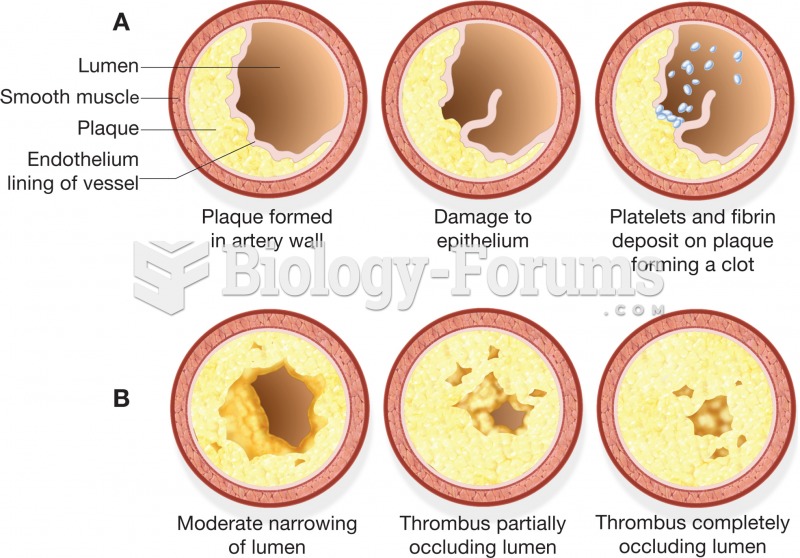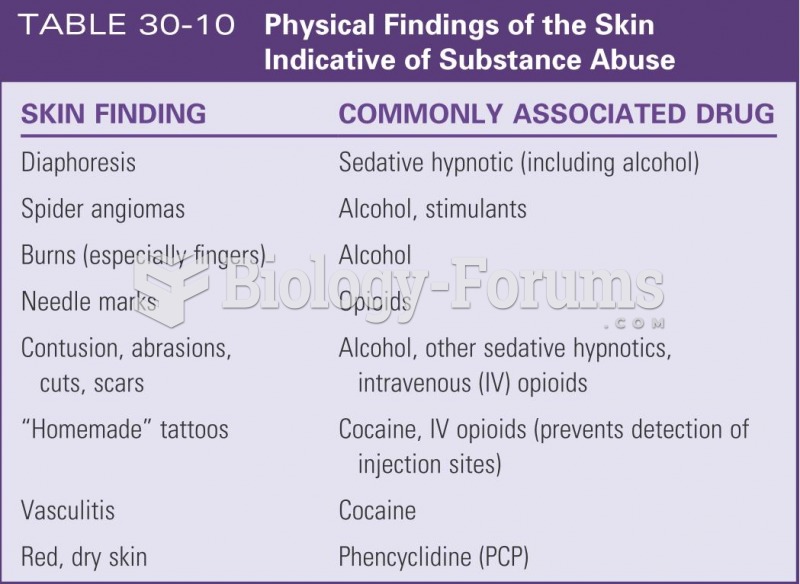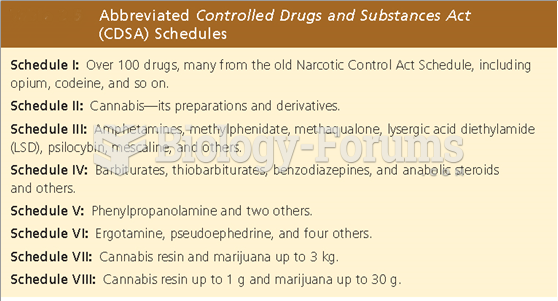Answer to Question 1
There are three possible outcomes upon completion of the Means Test:
There is no presumption of abuse.
There is a presumption of abuse.
The presumption is temporarily inapplicable.
Generally, a no presumption of abuse finding means that the debtor may file for Chapter 7. A presumption of abuse arises when a calculation of the Means Test reveals that the debtor has enough disposable income available to arrange a payment plan with creditors under Chapter 13. This presumption is rebuttable if the debtor can prove that special circumstances exist that qualify him or her for relief under Chapter 7. One of the goals of BAPCPA is to require debtors who have regular income and can afford to pay their debts to restructure their obligations and repay their creditors under a Chapter 13 bankruptcy. The function of the Means Test is to determine whether the debtor qualifies for Chapter 7. If a debtor makes more than his or her state's median income, the debtor's case is presumed to be an abuse of the Bankruptcy Code. However, if the debtor can prove through documentation that special circumstances exist, such as showing a decrease in income because overtime is no longer available, he or she can rebut this ruling.
Answer to Question 2
Allowable living expenses are predetermined and have been established by the Bankruptcy Code. When completing the means test, the debtor is allowed to deduct expense amounts according to National and Local Standards. National Standards are monthly expense amounts based on nationwide figures and are considered the allowable living expenses depending on the size of the family. Local Standards are based on the state and county where the debtor lives and will vary from case to case. These amounts may also be found on the U.S. Trustee Program website. When determining amounts for Local Standards, locate the section mentioned previously on the U.S. Trustee Program website and obtain the most current table from the drop-down, state-by-state menu.







